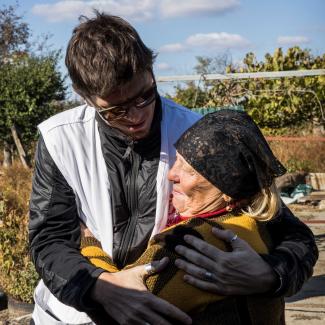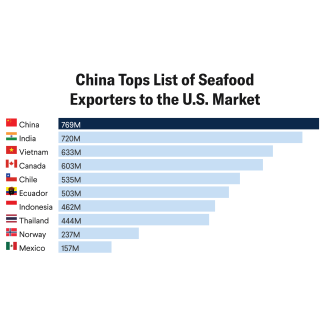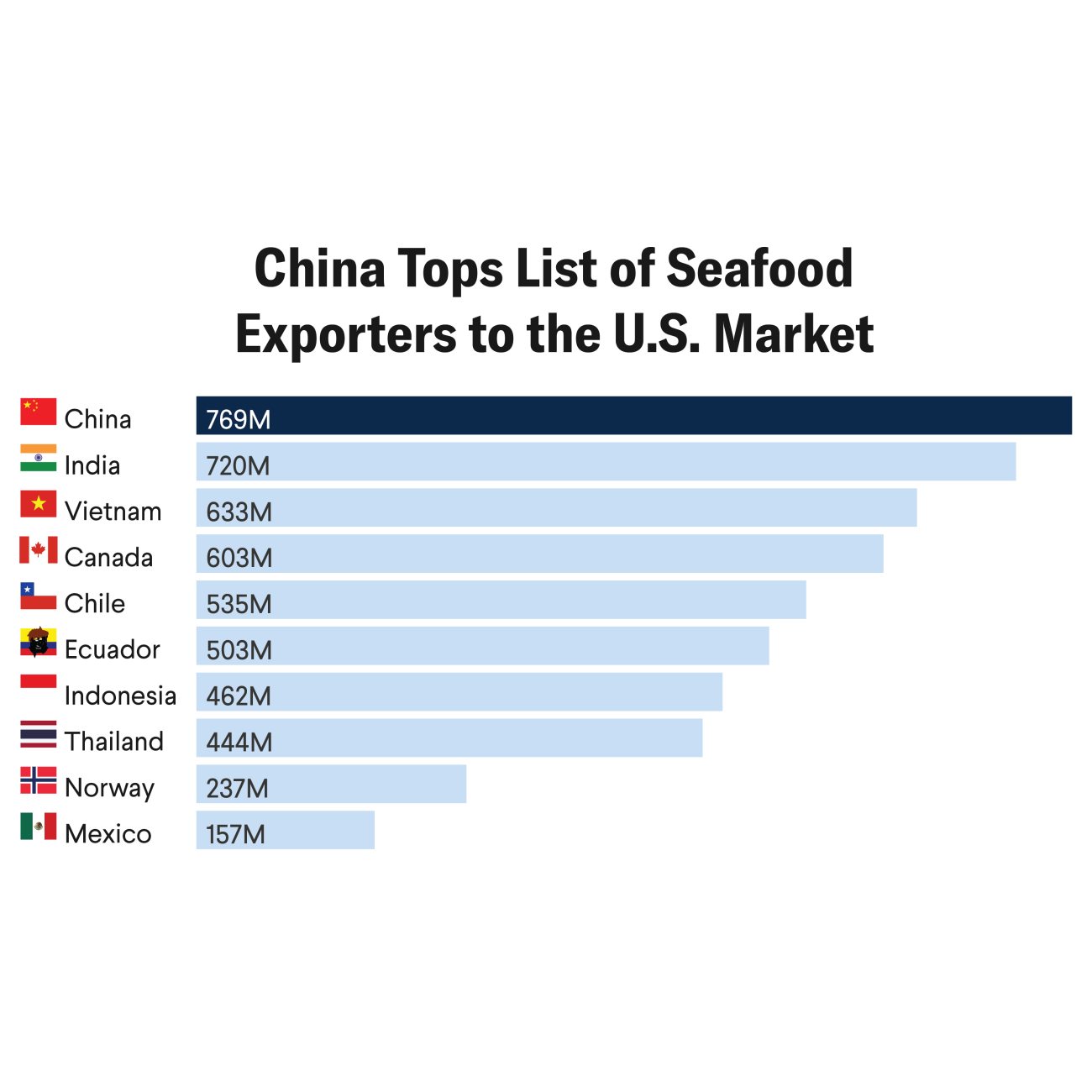The Donald Trump administration reportedly plans to terminate U.S. financial support to Gavi, a global initiative to purchase and distribute vaccines that has immunized more than 1 billion children since its launch in 2000.
The United States is one of Gavi's six original donor nations and currently the initiative's third largest contributor, providing more than 12% of funding. The U.S. government commits these funds through multiyear pledges, which Congress then appropriates on an annual timeline. If the administration goes through with the plan, it will axe a U.S. grant providing $2.6 billion through 2030, more than half of which has yet to be obligated to Gavi.
Although Secretary of State Marco Rubio announced in March that the administration had finalized its review of foreign aid projects, the decision to discontinue Gavi’s funding could still change, as federal officials move toward implementation and thanks to future opportunities for the United States to contribute to Gavi's multiyear replenishment cycles. But if the administration does not change course, Gavi will face considerable challenges as it tries to stretch its budget.
The loss of U.S. funding could leave Gavi with three options to downsize its operations: drop funding the supply of vaccines to some recipient countries, reduce the number of vaccines the initiative supports, or reduce funding for vaccine and health systems development. All of these routes could significantly alter the health and lifespans of nearly 100 million children and teenagers worldwide.
By retreating from its commitments to Gavi, the United States opens the door for China to expand its influence in the global vaccine market through its foreign loans, aid programs, and vaccine suppliers. This approach could mirror China's vaccine diplomacy during COVID-19, when it provided vaccines to many low- or middle-income countries (LMICs) that faced barriers to access.
Which Countries Could Be Affected?
Gavi targets its aid to the world's poorest, supporting only countries with a recent gross national income (GNI) per capita below or equal to $1,820. Gavi’s financing model [PDF] buys and procures vaccines in partnership with low-income countries, increasing its cofinancing levels as national income levels grow. Once a nation is rich enough to become ineligible, it enters an accelerated transition phase, a five-year period where the country boosts its vaccine spending until it is fully self-financing.
Of the 54 countries eligible for Gavi's support, 11 qualify for the accelerated transition program, and this subset faces the biggest fallout from the U.S. decision to stop funding.
If these LMICs lose their capacity to bankroll multiple vaccines simultaneously because of Gavi's defunding, a viable alternative would be to turn to China—for loans, foreign aid, and the highly concessional prices that its vaccine suppliers could offer. Since 2000, China has provided more than $89 billion in cumulative development assistance to these nations, all of which are members of its Belt and Road Initiative. Approximately $1 billion of this total—just over 1%—has been allocated to health assistance. These countries are already within the strategic focus of China's broader foreign influence strategy, including in the health sector.
Which Vaccines Face Risks from Defunding Gavi?
Gavi has grown from funding vaccines for six infectious diseases at its launch to as many as 20. Along with routine childhood vaccines against tetanus, hepatitis, and measles-rubella, Gavi also provided access to the Ebola vaccine in 2019 and the COVID-19 vaccine in 2021. The initiative has rolled out two new malaria vaccines in the last two years, funded human papillomavirus (HPV) vaccination to prevent cervical cancer, expanded availability of the rabies vaccines, and most recently procured and allocated hundreds of thousands of mpox vaccines during the latest outbreak in central and west Africa.
Gavi chooses which vaccines to fund based on a rigorous and systematic process. Every five years, the organization's public and private partners assess the current vaccine landscape to determine which underused or new vaccines would have the highest impact in eligible countries—considering cost, health outcomes, and programmatic feasibility. Conducting this practice in five-year cycles allows Gavi to create strategic forecasts that provide better visibility of future demand and supply to implementing countries, financiers, and vaccine manufacturers that must plan for market expansion.
Of particular risk due to funding cuts could be the newly deployed malaria vaccines as well as the shots for HPV, Japanese encephalitis, and health emergencies.
Gavi and Health Systems Support
Gavi assists countries with implementation to better deploy vaccines. These efforts consist of support for health systems infrastructure, cold chain equipment, and investments in innovations that improve vaccine program effectiveness and drive efficiency.
For example, Gavi's vaccine innovation priority strategy helps accelerate the use of novel delivery devices such as microarray patches to replace syringes. The strategy also prioritizes heat-stable and controlled temperature chain vaccines that require less refrigeration and has innovated a roadmap for vaccine barcodes so that their impact can be clearly tracked.
Cuts to these support programs would slow the pace of innovation and create uncertainty for vaccine manufacturers, especially those targeting infectious disease without high income markets, such as malaria.
China's use of vaccines as a tool for strategic diplomacy would be neither a new development nor an abstract idea
China and Strategic Vaccine Markets
Canceling U.S. funds for Gavi also presents a national security risk because China will have an opportunity to play a larger role in the global vaccine market.
China's share of global biotechnology is rapidly growing, and its leaders have pursued large-scale government investment in research and development [PDF], direct investment into vaccine manufacturers, and training for its biologics workforce.
Chinese companies already supply some immunizations for vaccine-preventable diseases to countries pegged as strategic interests in Africa, Central Asia, South Asia, and the western Pacific. In other cases, those companies haven't yet penetrated a Gavi-funded marketplace but stand ready to take advantage because they have a large manufacturing capacity for supplying China's domestic market. Those manufacturers also have a pipeline of new vaccines under development—ones that Gavi-recipient countries could buy in the future.
Several China-based developers have received approval status from the World Health Organization (WHO) for Gavi-selected vaccines in recent years, clearing a key hurdle for distribution to LMICs. Smaller developers include Xiamen Innovax Biotech and its HPV vaccine, the Beijing Institute of Biological Products and its polio vaccine [PDF], and Chengdu Pharmaceutical Group and its Japanese encephalitis vaccine. China's major vaccine developer Sinovac already engineers polio and hepatitis A vaccines with WHO's stamp of safety approval, and leading manufacturer Zhifei is working alongside the multinational GSK to commercialize a vaccine for respiratory syncytial virus and simultaneously developing a novel pneumococcal vaccine.
China's Vaccine Diplomacy amid a Gavi Pullout
China's use of vaccines as a tool for strategic diplomacy would be neither a new development nor an abstract idea.
Deploying vaccines to bolster regional influence and global standing was a Chinese tactic throughout the COVID pandemic, targeting nations in and out of the Belt and Road Initiative but earmarking their donations to specific countries or regions. Donations from Sinovac, the leading Chinese COVID-19 vaccine manufacturer, surpassed many others during the early phases of the pandemic, and more than 70% of Chinese vaccine donations went to South and East Asia in the first year of their availability despite those regions having lower case burdens than sub-Saharan Africa and Latin America.
Reducing or stopping U.S. contributions to Gavi will hinder vaccination coverage for the world's most vulnerable children—preventing up to 75 million children being vaccinated and allowing 1 million deaths that can be averted. The decision will slow the development of vaccines and delivery devices, diluting the interest of manufacturers to stay in the global vaccine market.
Although these are reason enough to sustain financial support for Gavi, the U.S. government should remember the strategic weight that funding cuts will have on the global vaccine market and the geopolitical consequences of losing to China in a competition of vaccine diplomacy.




